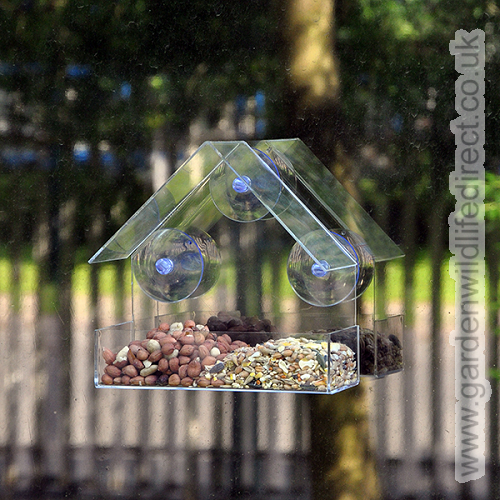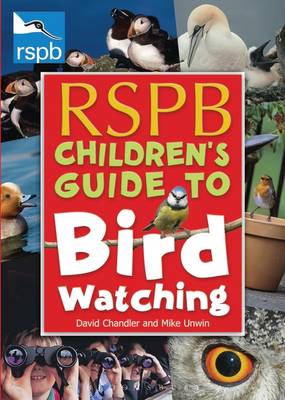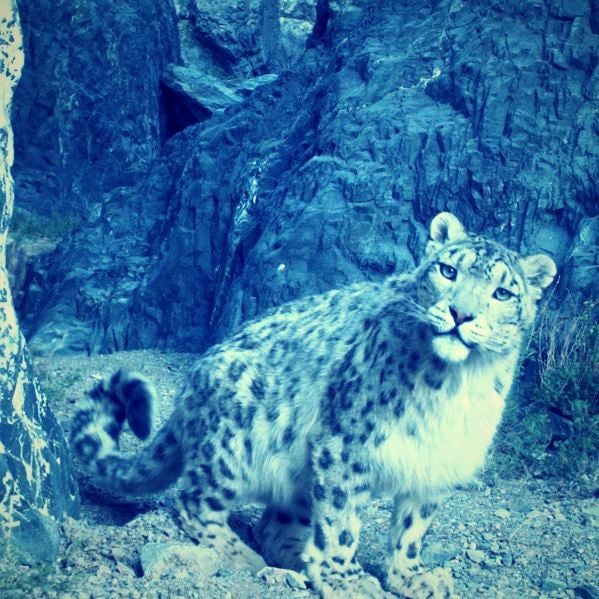|
It’s National Gardening Week this week (April 30th to May 6th 2018).
This year, the theme of this annual event is to encourage gardeners to share their love of gardening, so I thought I’d share with you why I love it.
There’s an awful lot that’s been written about the physical and mental benefits of gardening, so I thought I would tell you why I find it beneficial and why I love it. I know gardening does me good. I love being out there, digging, weeding, planting, planning, watering – it gives me a peace and it’s doing nature good at the same time.
So here are the benefits I’ve enjoyed from my love of gardens and gardening…
- Gardening and a love of gardens helps you connect to people. Give me a garden centre over a shopping centre any day. At a garden centre, you can swiftly get chatting and comparing notes over the cucumber plants or the rose bushes. You can compare failures, successes, things that have worked for you, things that haven’t worked for you.
- You don’t have to travel anywhere to get what you need for your garden. You can just do everything from home. There’s an enormous number of online retailers who will happily deliver to you - though of course there are delivery costs.
- You can get lost in a new world with gardening magazines which give me great joy – there’s nothing like leafing through pages of a magazine and jotting down ideas of things to try. You don’t need acres and acres of garden, either. A few square feet will do.
- You can enjoy the pleasure of watching things you’ve planted grow. I’ve stuck in a blueberry bush – it’s a dwarf one and it’s gone into a pot. It’s started to flower and I’m looking forward to tucking into the blueberries. (To be honest, I’m amazed when anything I plant grows…. I’m a “plant and hope they come up” gardener.)
- Grow your own fruit and veg and salads, and you’ll have food you can enjoy from home – and there’s nothing like it! My grandfather in Wales used to do this and I loved the mint from his garden, the peas, the potatoes etc. My little sister and I spent many a happy hour with him outside, “helping”, and it was a great way to do something together
- You can enjoy the winter months planning for next year – looking through pictures of beautiful gardens can lift the spirits. Even in the depths of winter, you know spring is on the way and you can look out for signs – the first primrose, a bluebell, a daffodil, a snowdrop…(not necessarily in that order). You can plan to try out different things and move plants, pots, and so on around. If it doesn’t work in one spot, it may work in another.
- Bring your garden indoors with house plants! Plus you can enjoy lots of things with a garden theme to cheer up a home – pictures, mugs, household items – check out Emma Bridgewater who has an amazing range of mugs with a garden theme for the home.

Emma Bridgewater has a wonderful range of mugs etc for the home
This is Purple Pansy
- It’s a great way to work off frustration and stress. Plants and flowers are gentle – they don’t argue back (unless you’re trying to pull them out of the ground and they’ve been there a long time)…..
- You can create your own wildlife haven – and then sit back and enjoy watching the birds, butterflies, bees, and more visit and tuck in! You could end up with your own nature show!
- You can really get into it as an interest, going on courses, reading books and magazines, attending gardening shows and events. You can get as involved as you want.
- I feel refreshed from being in the garden – tired, yes, of course sometimes. But I feel refreshed and as though I’ve had a real break from the digital world, the TV etc.
- I love to take a mug of hot coffee out, and indulge in it while I’m gardening; and because I’m burning calories (more than I would be if I were sitting down watching TV), that slice of cake tastes all the better afterwards – it’s well deserved!
- Gardening can bring people together as can be seen through campaigns such as Britain in Bloom, run by the RHS; who are also running a campaign Greening Grey Britain in the RHS is trying to turn Britain from being in grey concrete to green grass and flowers, plants and trees.
- You can enliven your senses with the result – every sense can enjoy the garden, from the sights of birds enjoying a bird bath, the sound of buzzing bees, the taste of the food you’ve grown, the feel of different sorts of leaves, the scent of flowers. It makes you feel alive.
- Garden gift vouchers. They are fantastic gifts for anyone who loves their gardens. It’s another excuse to trot off to the garden centre and have a pleasant few hours browsing, contemplating, chatting (see no 1 above), enjoying the café if there is one, and shopping.
- My garden makes me feel happy. Gardening makes me feel happy. I love listening to and watching the wildlife because it’s their home too.
- You don’t need a large space to help wildlife. In fact, you don’t need a garden at all. You can get window feeders for the birds.

Garden Wildlife Direct have a range of window feeders
- You can take part in surveys and really feel you’re doing something to make a difference. The RSPB’s Big Garden Birdwatch, the Great British Bee Count, the Big Butterfly Count, surveys of amphibians and reptiles – they all make a difference.
- You can indulge in bird watching and identifying – there are lots of resources available and online to help you. Get the children involved – they love wildlife and it gives them a great feel good factor to know which bird is which.

You can buy the RSPB's Children's Guide to Birdwatching from Foyles
- Last year, I made it my goal to turn my garden into a wildlife friendly one. Now, if it isn’t wildlife friendly, it doesn’t go in. And the results are starting to show. And that makes me feel very happy as well. And the feel good factor I have really lasts. I feel joy in my heart every time I think of it!
So there you are. My 20 reasons why I love gardening and being in the garden. I haven’t even touched on the physical and mental benefits of it yet!
|

 Adopt a Snow Leopard
Adopt a Snow Leopard

